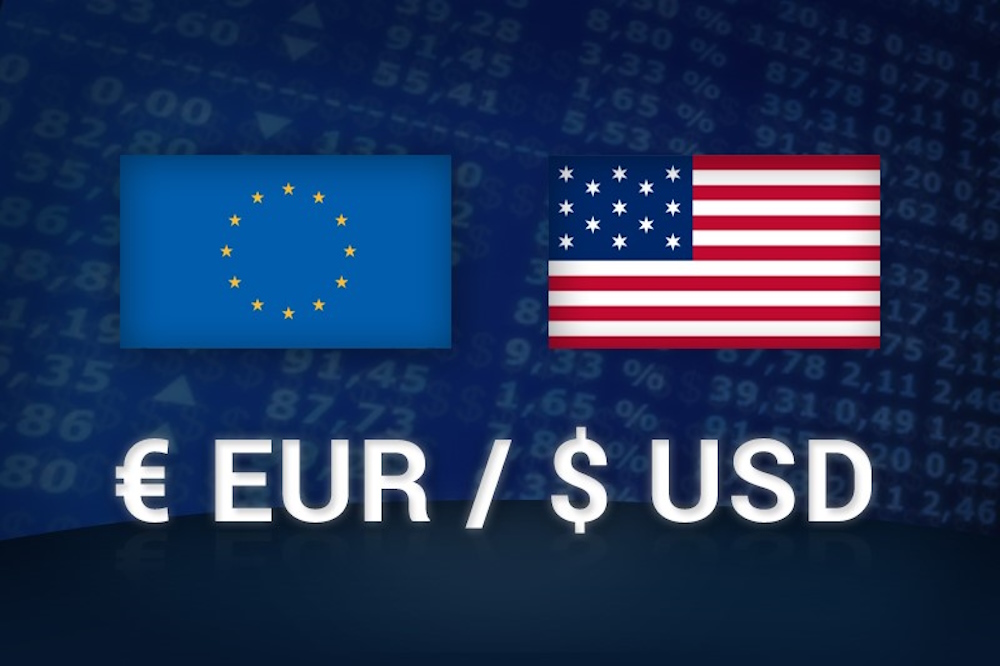EUR/USD Price Forecast: Anticipating US employment data
The EUR/USD pair is currently positioned near the 1.1650 mark, exhibiting a degree of stability following the volatile fluctuations observed on Tuesday. The pair declined to a new one-week low of 1.1608 during the early European session, subsequently rebounding. Financial markets exhibit a degree of caution in light of the upheaval in global government bonds, … Read more

